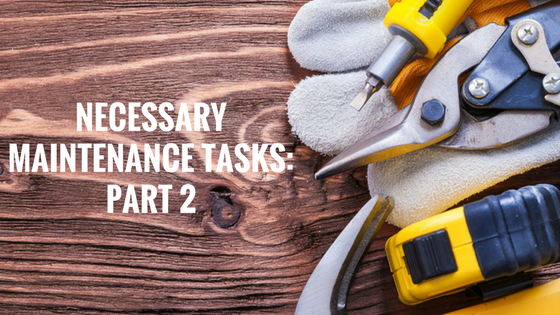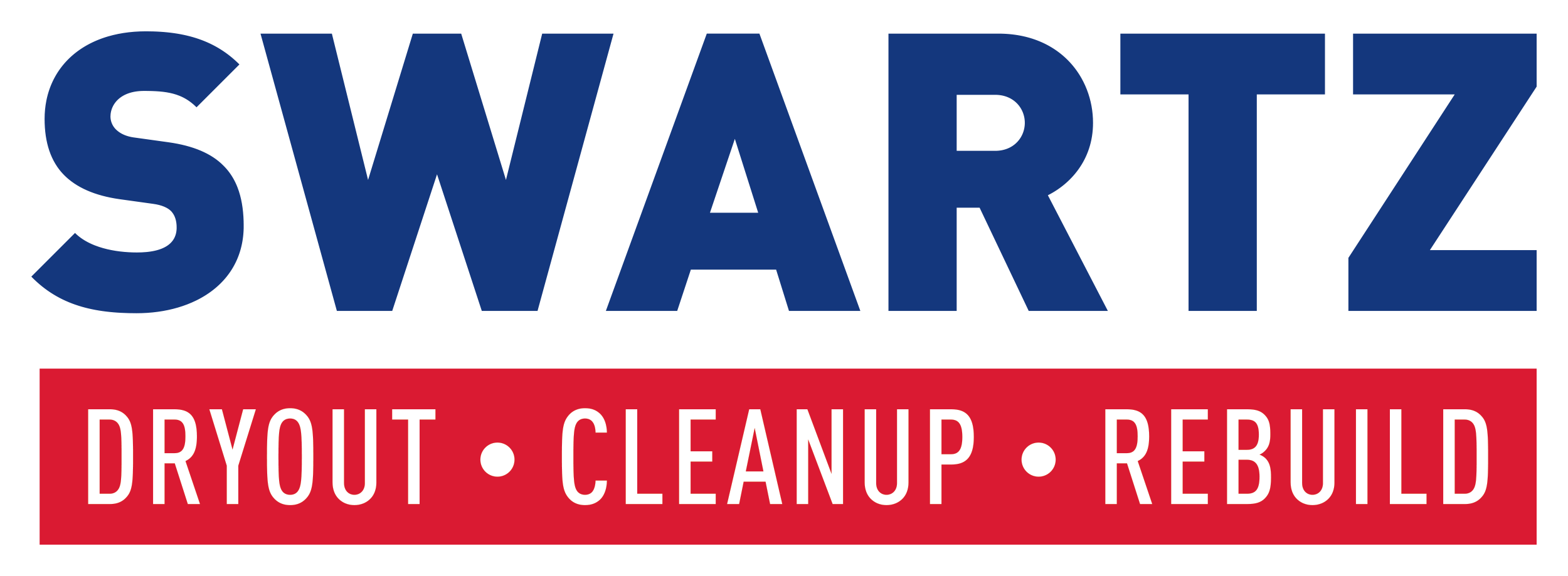
Necessary Maintenance Tasks: Part 2
There are a few more areas that can be checked for maintenance purposes in order to keep things running smoothly in your home. Now is a great time to go through this checklist as we prepare for spring and the getting back outdoors with all the activities that will keep us busy.
Window Weep Holes = Rainwater in Your Home
Frequently vinyl replacement windows and sliding windows have weep holes on the outside bottom of the frame to drain away rainwater instead of allowing it to collect in the bottom channel of the frame. From time to time these weep holes can become clogged with debris, bugs and even ice.
Potential Damages:
Water can fill the channel and spill into your home.
Cause damage to drywall or interior of walls.
Mold and mildew can grow which can create health issues or further damage.
How to Maintain: Pour a glass of water into the track of your window or even simulate rain by spraying some water at it window with a garden hose. If there is not a stream of clean water from the weep hole use a wire hanger to clean out the hole. You can also spray the hole with compressed air and test again. If the flapper is stuck shut, remove it with a putty knife and replace.
Filled Window Wells = Broken Window, Wet Basement
You might not think to clean out the window well unless you have had damage done from a broken one. There is a bit of Murphy’s Law that can take place if in a downpour you have a clogged gutter that dumps a lot of water by the house and into the window well. Some debris in the well can act as a liner that will prevent drainage and put pressure on the basement window, resulting in breakage and water entering the basement.
Potential Damages
Broken window in well.
Excess water during a storm entering the basement and damaging any and all items located there.
How to Maintain: No special tools or skill is needed, simply check window wells on a regular basis and empty them. If you would prefer to be safe rather than sorry you can purchase a cover to place over the well and ensure that debris cannot fall in.
Clogged Dryer Vents = Wasted Energy and Fire Hazard
If your dryer is centrally located in your house then the duct is more prone to become clogged because the duct is longer to reach the outside. It’s not just lint that can clog a duct, but animals trying to escape the cold can nest and cause a blockage. Excess drying times and strong odors are signs that your vent may be plugged.
Potential Damages:
High cost of energy to dry laundry.
Or worse, a house fire that can cause insurmountable damage and loss.
How to Maintain: Remove the vent from the back of the dryer and clean it. Suck any debris from the ducts with a shop vac or use a cleaning kit available at home centers, with a brush on a long flexible rod that will attach to a power drill. If you need to replace your ducts, use smooth metal ones that will stay clean longer and do not have the rough surface like flexible ones. Note: do not use plastic ducting as it is a fire hazard.
These additional tasks are necessary to add to your monthly and annual maintenance list in order to ensure the safety of your family, saving energy costs and the well-being of your home. Just a few minutes here and there can save you an enormous amount of money, time and heartache in the long run.
